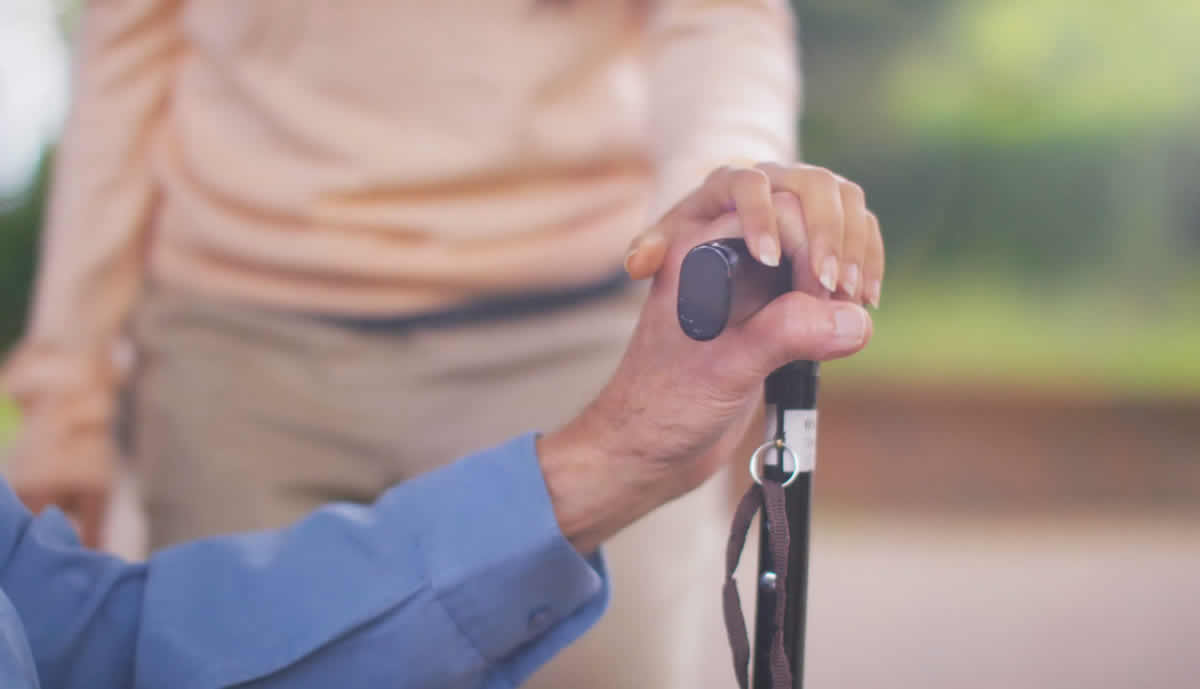“One elderly person in three leaves hospital less autonomous than when they went in” – this view was expressed in research by the University of Haifa, which highlighted that periods in hospital, in many cases, lead to a significant reduction in an elderly person’s autonomy.
In one out of every three cases, discharge from hospital means that new needs arise, ranging from help with eating meals to the necessity of some form of mobility aid.
The reliability of this research was confirmed by the comments made by the President of the Italian Society of Geriatrics and Gerontology, Nicola Ferrara, who underlined the fact that the needs of an elderly person during hospitalisation are often quite different from those of young people and adults and are also often ignored by the hospital system.
How to address the needs of an elderly person requiring a mobility aid?
Choosing an aid means undertaking a complex decision-making process where a number of variables need to be taken into consideration.
The focus must obviously be on the welfare of the person who is the final recipient of the aid and here the parameters to be considered are numerous: lifestyle, habits inside and outside the home but also and above all, the ability of the elderly person to acknowledge, accept and externalise their own limitations.
The adoption of an aid is therefore a very important link in the chain of interventions in the rehabilitation of the elderly person, leading them to regain their personal autonomy but also to change their ways and lifestyle.
So, here are the questions you need to ask yourself and to guide you in your choice of the most suitable device for your loved ones, without forgetting to seek the advice of a specialist in the case of specific diseases.
1. Height, weight, age, mobility and psyche:
It may seem trivial but an assessment of the physical and psychological conditions of the end user of the aid is the first step in selecting the most appropriate solution. We must bear in mind that the choice of an aid should never take into consideration one specific and individual action that needs recovering, but rather respond to a concept of rebuilding “normality”.
2. Activities and Environment, to be assessed according to the standards of competence, concurrency and consonance.
The aid will have to meet the objective of seeking greater autonomy, less dependence, greater safety or less physical effort. Therefore, in selecting the device it is important to evaluate the competence, concurrency and consonance.
The aid must enable the elderly person to lead their daily life in the greatest possible comfort and must be functional to the environment in which it is used, whether this is predominantly inside or outside the home.
Frequency of use also needs to be analysed, whether it will be occasional or constant, and the ability of the device to put the end user at their ease is equally important. This means that the end user will need to be able to take hold of it easily, pick it up and move independently.
Considering these aspects beforehand means that you have identified and understood the needs of the elderly person. You have also considered all the variables involved and established the objectives to be achieved through the introduction of the aid and have chosen, as a result, a solution that truly focuses on the welfare of your loved ones.










